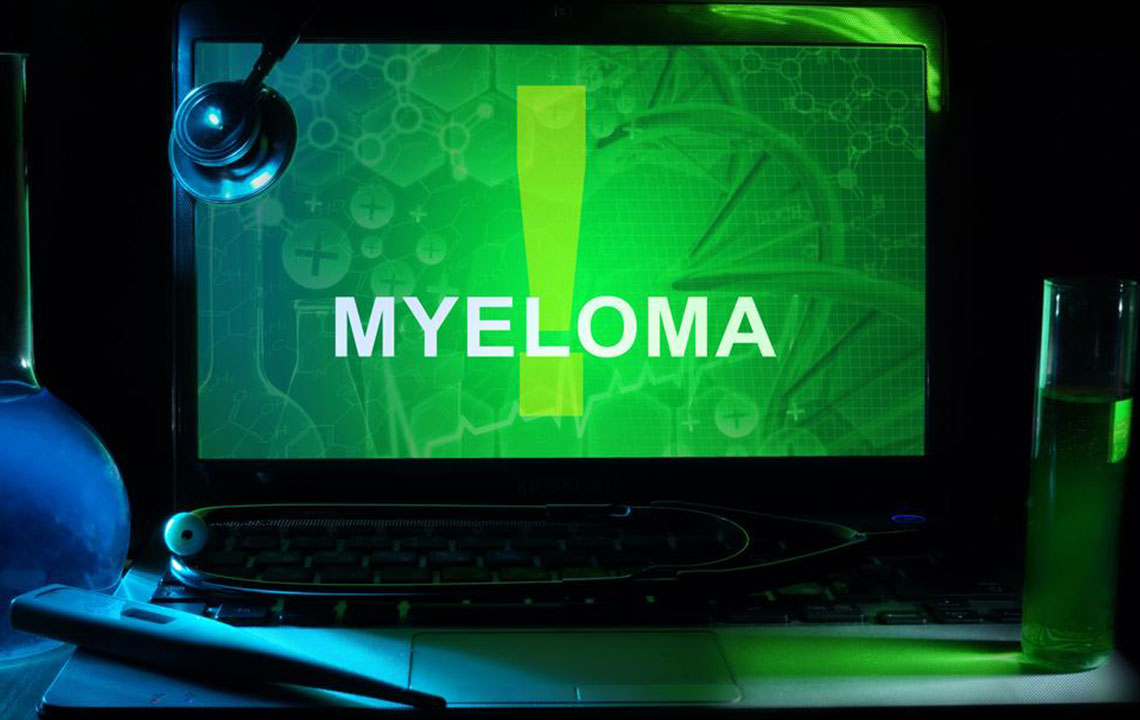Innovative Approaches to Managing Non-Hodgkin Lymphoma
Explore innovative strategies for managing Non-Hodgkin lymphoma, including staging, treatment options like chemotherapy, radiation, stem cell transplants, and targeted medications. This overview helps patients and caregivers understand the disease's progression and available therapies for improved outcomes.

Innovative Approaches to Managing Non-Hodgkin Lymphoma
Staging for Non-Hodgkin lymphoma helps medical professionals estimate how far the disease has spread. The current classification uses the Lugano system for adults, building on the previous Ann Arbor method. The disease progression is categorized into stages I through IV.
Stages I and II, known as limited stages, involve one organ outside the lymphatic system, sometimes with additional lymph node involvement (E).
Stage I
Involves a single lymph node group or a single lymphoid organ such as tonsils.
Confined to one area of a single organ outside the lymphatic system (IE).
Stage II
Presence in two or more lymph node groups on the same side of the diaphragm.
Involvement of a specific lymph node group along with nearby organ(s) (IIE). It can also extend to other lymph node areas on the same side of the diaphragm.
Stage III
Spread across lymph nodes on both sides of the diaphragm.
Involvement of lymph nodes above the diaphragm along with the spleen.
Stage IV
The disease has widely spread to at least one extralymphatic organ, such as the bone marrow, liver, or lungs.
Managing Non-Hodgkin Lymphoma
Treatment varies depending on the stage and extent of the disease. Common therapies include chemotherapy, targeted drugs, radiation therapy, and stem cell transplants. Here's a brief overview:
Chemotherapy
Chemotherapy uses anti-cancer drugs to destroy rapidly dividing cells and is a key treatment for NHL. It can aim to prolong life, alleviate symptoms, or cure the disease.
Radiation Therapy
Using ionizing radiation, this therapy targets and kills cancer cells to manage the disease. It may be combined with chemotherapy and used before, after, or during treatment to improve outcomes.
Stem Cell Transplant
Stem cell transplants involve replacing diseased blood-forming cells with healthy ones. Sources include the patient's own cells (autologous) or donors (allogeneic). Types include high-dose chemotherapy with stem cell rescue and donor transplants, which require HLA compatibility. Research explores variations like cord blood and haploidentical transplants.
Medications
Chemotherapy drugs, steroids, and blood cell stimulants form the core of pharmaceutical treatments, helping control symptoms and disease progression.










